Vegan Leather Guide
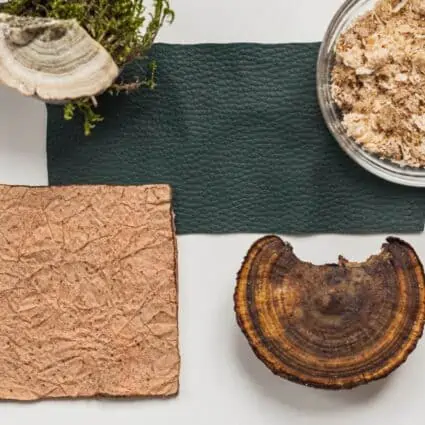
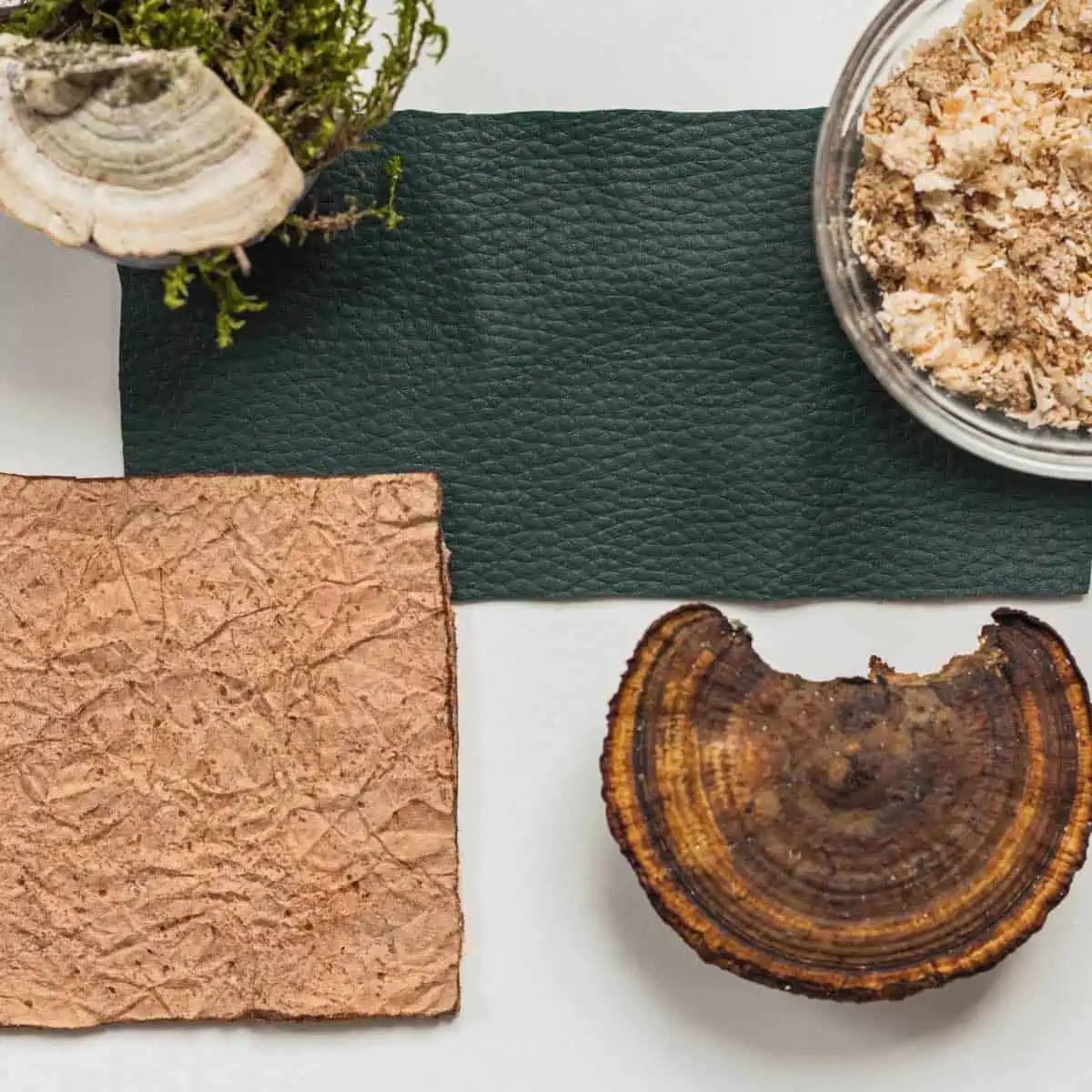
Fashion trends can be fickle, changing faster than the seasons. But leather remains a timeless material that appeals to all stylistic senses. Unfortunately, this staple that’s been used since the paleolithic ages should have been left in the past. Conventional leather, though prized for its durability and attractive aesthetic, is incredibly cruel.
Before you give up on your runway aspirations, check out the labels on some of the hottest new brands; vegan leather is on the rise!
What was once akin to textured plastic can now reach luxurious levels that can be mistaken for the original animal-based inspiration. There’s a wide world of different materials to create a bold statement with for everything you might use conventional leather for.
Here’s everything you need to know to shop wisely and dress well, because compassion makes the greatest fashion statement of all.
Table of Contents
What’s Wrong With Leather?
Most people associate leather with cows. But it can be made from sheep, goats, buffalo, pigs, seals, and even alligators as well. Made from chemically treated animal skins and hides, anyone who’s opposed to unnecessary slaughter should see the main moral dilemma of leather production right away.
When you think about it, it’s simple. Animals need their skin. We don’t. If you don’t believe in killing unnecessarily, it’s time to look beyond the animal hide and toward plant-based leather alternatives.
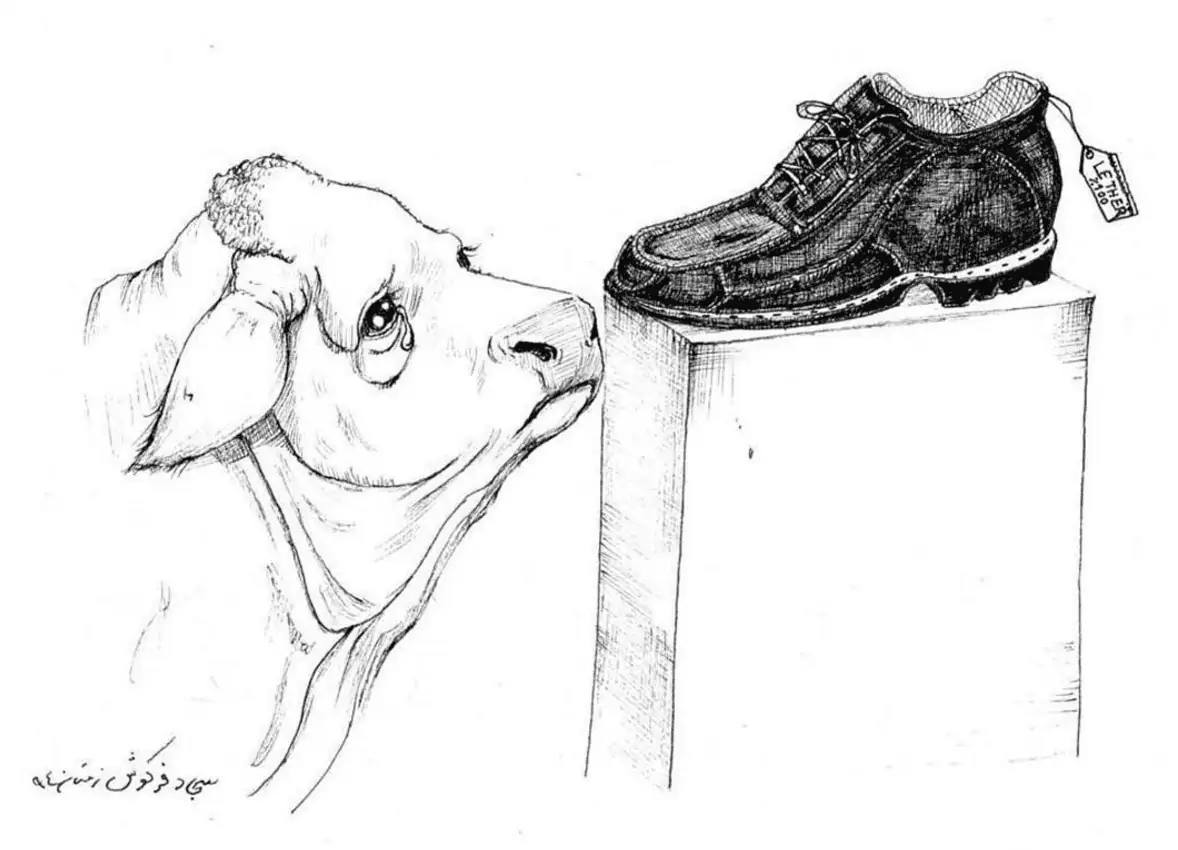
If that mistreatment of living creatures doesn’t set off alarm bell right away, there are many more reasons for concern.
Issues With the Leather Industry
- Leather is its own industry, not a byproduct of meat production. It would be nice to believe that leather was a holistic way to use every part of an animal. But in reality, the leather industry creates far more waste and needless death as a result.
- Animals raised for leather suffer horribly before their untimely ends. Since cows in the leather industry generally aren’t used for meat, fattening up the animal isn’t a concern. As a result, cows in the leather industry are often underfed and emaciated, have their throats slit while still conscious, and the unluckiest of them are then skinned alive.
- Manufacturers never need to disclose the source of their leather, which means that some shady companies will use everything including cats and dogs to get the cheapest supply.
- Tanning, which is the process of curing the skins, uses many toxic chemicals that can be harmful to your health and the environment alike. A huge number of pollutants are released into the water supply with every batch, and leather workers have a much higher rate of cancer than normal.
- Speaking of the workers, let’s not overlook the fact that many of these people never chose this trade to begin with. Slave labor is rampant in less rigorous markets overseas, including young children.
What Is Vegan Leather?
A better question might be, what isn’t vegan leather?
Advancements in technology have created viable materials out of the most mundane, common components across all categories. It may also be referred to as faux, synthetic, or artificial leather, but it’s every bit as real as polyester and other man-made materials.
Previously, you could only hope to find pleather, which was often made from polyurethane and/or polyvinyl chloride, versatile types of plastic. Now there are far more varied, natural, and ecologically sound options for innovative designers to choose from.
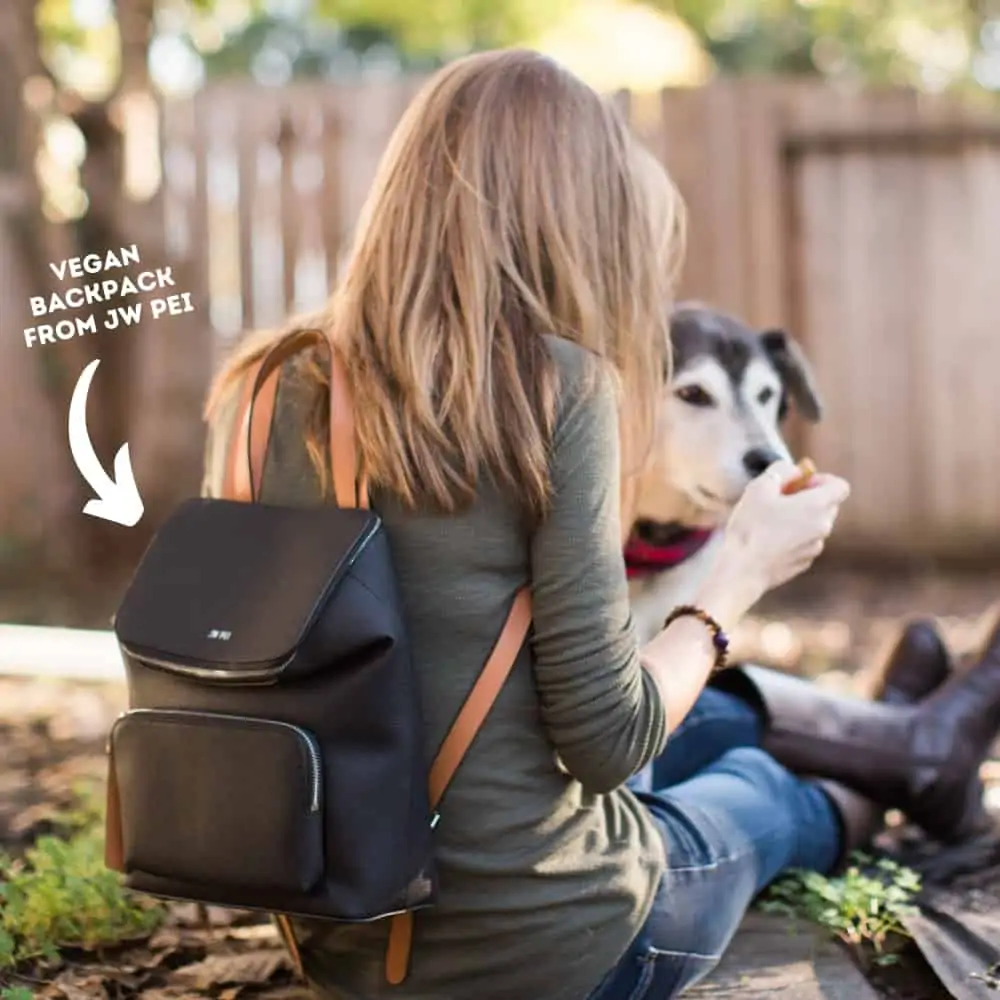
How Is Plant Leather Made?
There’s a different process for making each unique type of vegan leather. Vegan leather can be made from plastic polymers and recycled materials, but there is also pineapple leather, mushroom leather, cactus leather, cork, and beyond.
Polyurethane, which is currently the most common option, is a good example as plastic polymer, derived from petroleum. The exact structure can be modified to make it more flexible or rigid, thick or thin, smooth or textured, which allows a great deal of control and creativity. It’s often bonded with a fabric backing to make wearable vegan leather product.
The exact scientific process is complicated enough that it’s not a DIY project that can be made from scratch but is a relatively simple concept given access to the right machines and ingredients.
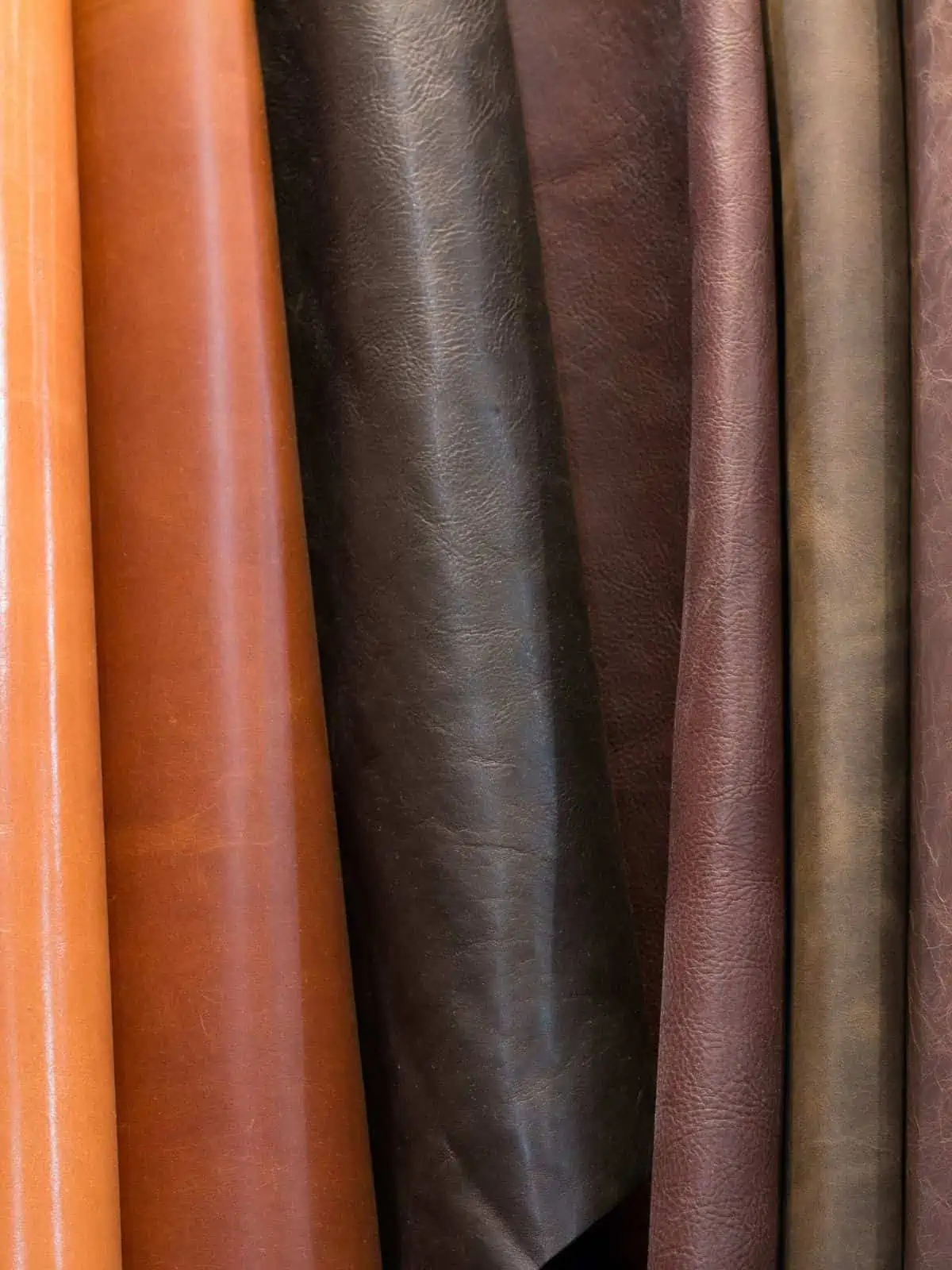
Innovative Sustainable Vegan Leather Materials
Plastic may soon be a thing of the past, as new manufacturing breakthroughs continue developing methods that use less water, create fewer emissions, and result in more durable, beautiful plant-based products. A few of the most exciting innovative vegan options you may see in stores include:
- Mushroom leather (Mylo)
- Pineapple leather (Piñatex)
- Mango leather
- Apple leather
- Corn leather
- Cactus leather
- Coconut leather
- Kombucha SCOBY leather
- Cork leather
- Bamboo leaf leather
- Recycled plastics
- Mulberry tree leaves (MulbTex)
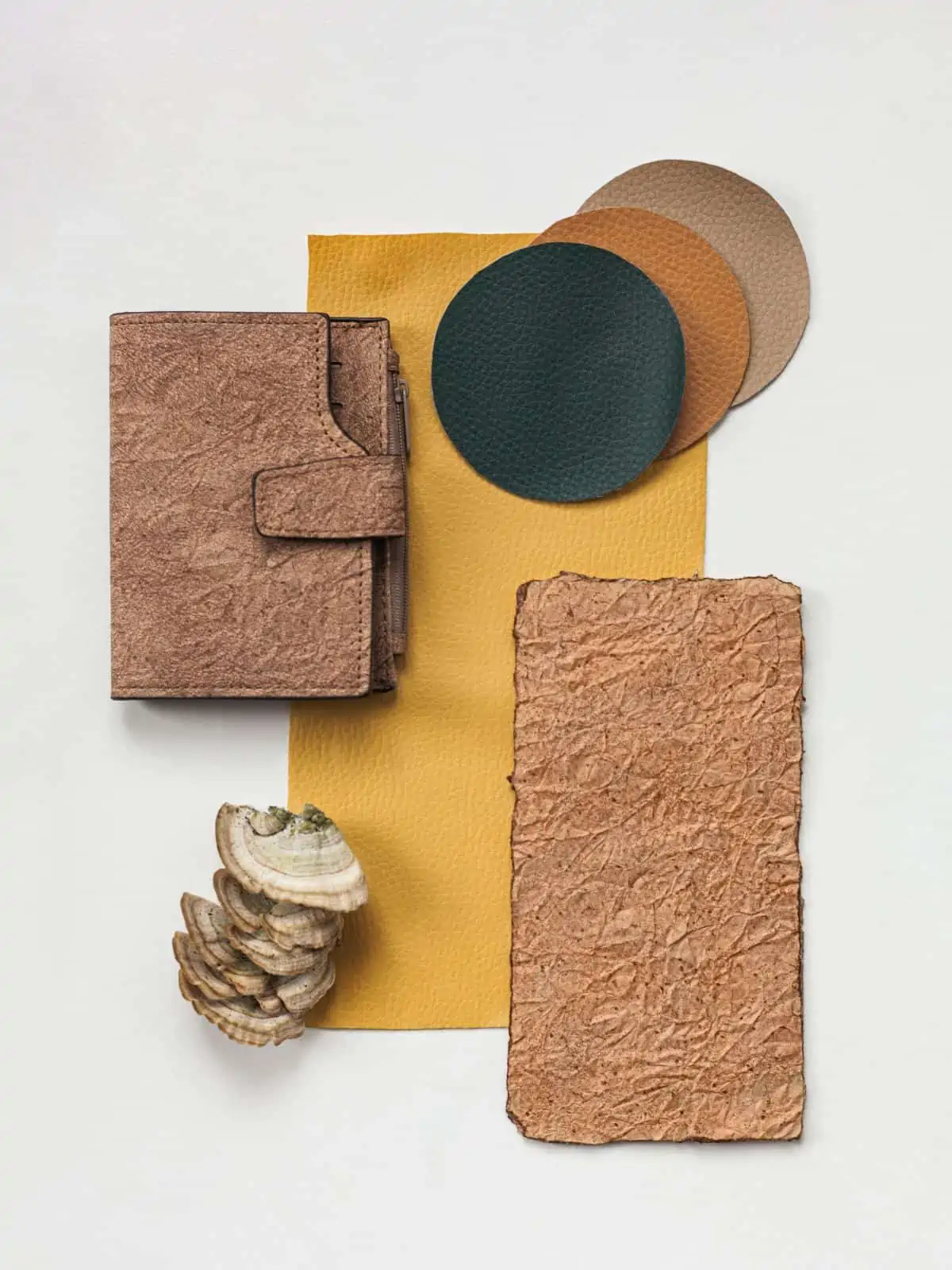
What Items Are Now Made From Vegan Leather?
Anything that conventional leather can do, vegan leather can do, too! More mainstream brands are adopting these versatile materials in favor of antiquated means, so you can expect a growing variety of options in all categories. This includes abundant plant-based alternatives for:
- Clothing & Accessories (jackets, pants, etc.)
- Vegan Shoes (including boots, vegan hiking boots, and UGGs)
- Belts
- Handbags
- Watches
- Sports Gear (balls, mitts, and equipment)
- Furniture (couches, chairs, table covers, mats, etc.)
- Car interiors
- and much more to come!
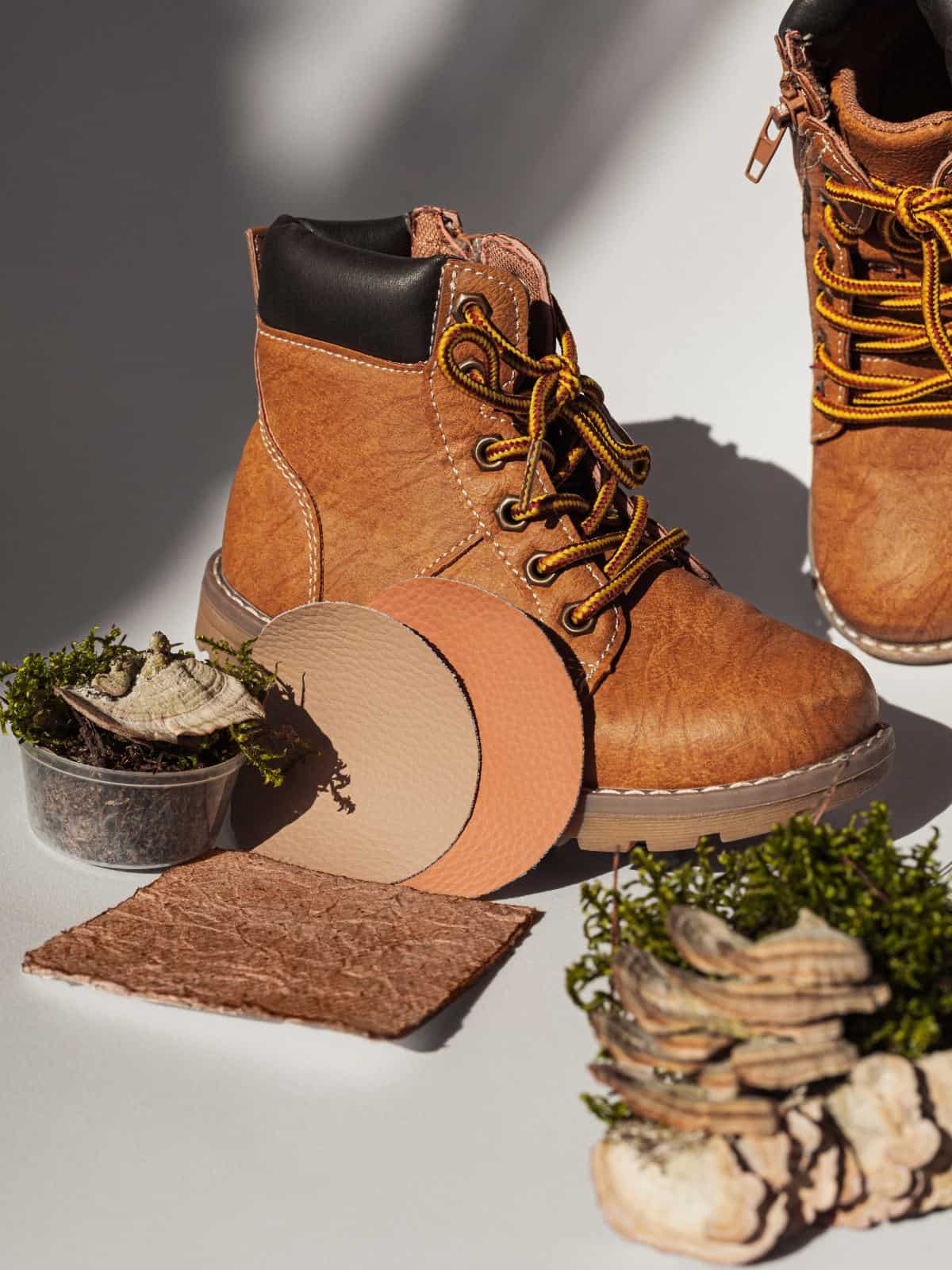
How Can I Tell If Leather is Vegan?
It’s tough to tell the difference between plant and animal leather by sight or feel alone. Sometimes plant-based materials will be less expensive, which can be a good indicator, but that’s not always the case.
Check the label to make to know exactly what you’re getting and learn the best care practices for that specific type of material. Vegan products will say something like: “All manmade materials” or “synthetic materials.”
Leather materials, on the other hand, are usually marked with a “hide” symbol (pictured below).
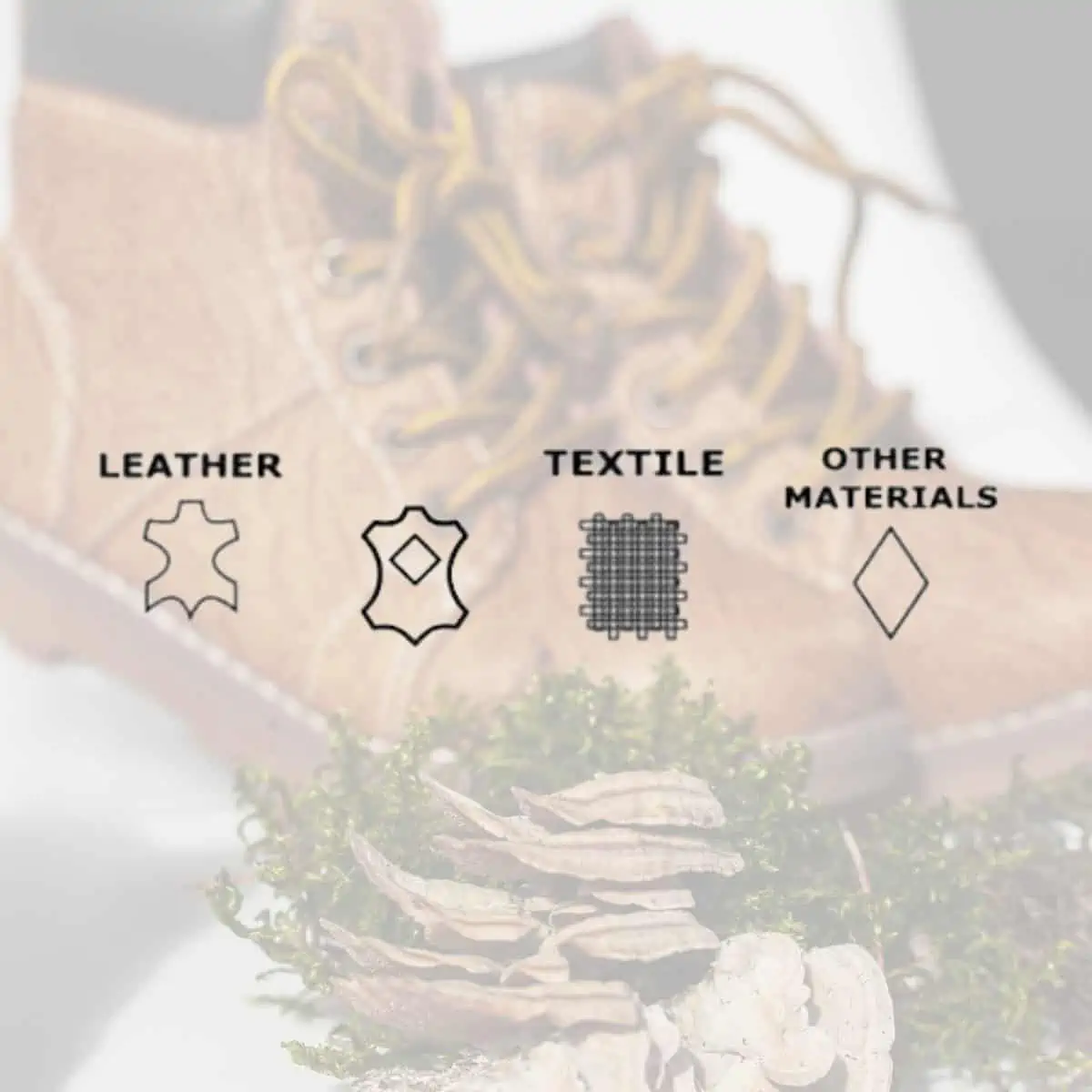
Where Can I Buy Vegan Leather?
Vegan leather is everywhere these days! From big box department stores to high-end luxury boutiques, animal-free options are more popular than ever. You don’t need to go out of your way to find it, though you can always search online for more specific styles and base materials.
There are dozens of 100% vegan leather brands popping up and producing exclusively plant-derived and animal-free products. Wills Vegan Shoes is a great example of this. But even popular brands like Abercrombie, Free People, Levi’s, and Banana Republic have been selling clearly labeled vegan leather jackets and other vegan leather items. Lulus is another online shop that has stocked vegan leather boots, jackets, bags, and beyond since before it was “cool.”
Take a look at our vegan clothing and accessory guides to find some fantastic vegan leather brands for boots, wallets, belts, bags, watches, and more.
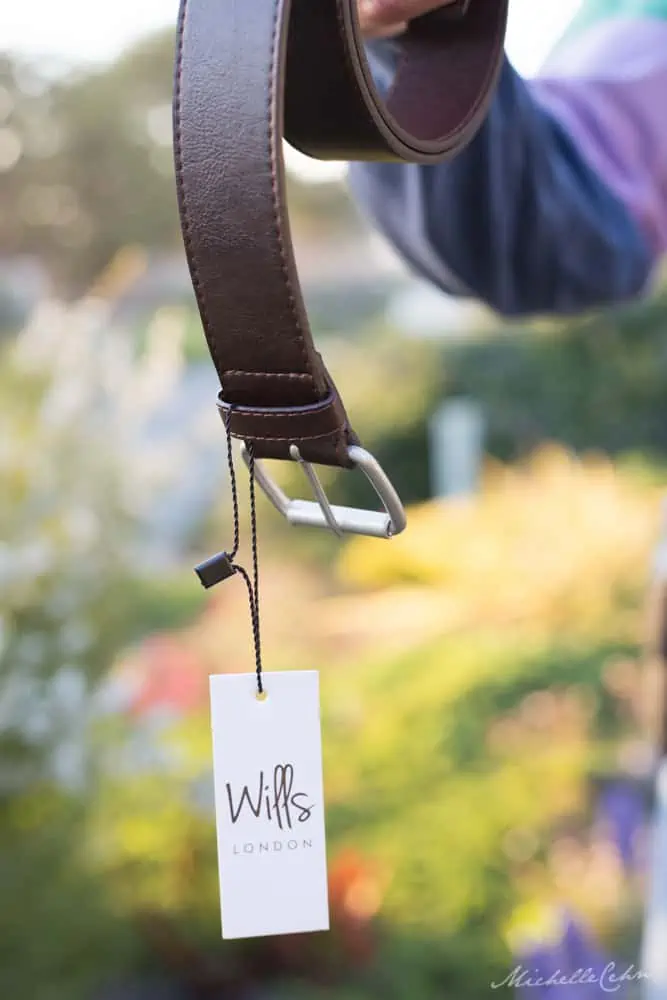
FAQs
With proper care, plant leather products should last between 5 to 10 years. Your mileage may vary depending on how much and often you use them, your environment, and exactly how the items are used.
Always store vegan leather products in a dry, cool, and dark place. Water is the enemy of any leather, so you should never submerge it in any liquid. To clean, use a lightly moistened towel to target dirt and use a gentle vegetable-based soap if needed.
The specific impact of vegan leather production depends on exactly what components are being used and how they’re processed, but it’s been shown that the carbon output can be one-third lower than that of animal-based leather on average. Many companies are working towards becoming carbon neutral, and those repurposing traditionally discarded scraps can boast that their processes require no additional water, fertilizers, or farming land.
What Should I Do With My Old Leather Items?
Throwing away your old leather goods doesn’t help anyone. The “harm” has already been done, so we encourage you to find the best options for passing on the item without promoting more leather use. Here are a few ways to handle old leather.
- Some people commit to buying vegan items going forward, and meanwhile they continue to use the leather items until their lifespan is exhausted. (This is an especially good option if you’re living on a tight budget.)
- Others choose to donate old leather items. Ideally, they can be donated to a shelter or organization that will give them to someone in need. But you can also donate or sell them to a secondhand shop, and while the leather will again be sold, it may take the place of another new leather item the buyer may have otherwise purchased.
- Pass your leather items on to a friend who you know will get use out of them.
World of Vegan founder Michelle Cehn and co-host Toni Okamoto dive deeper into this topic in the Vegan Clothing & Fashion episode of the Plant-Powered People Podcast.

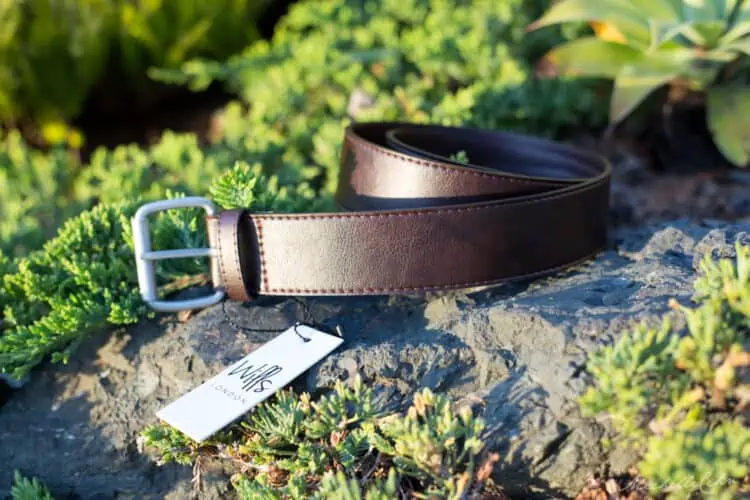
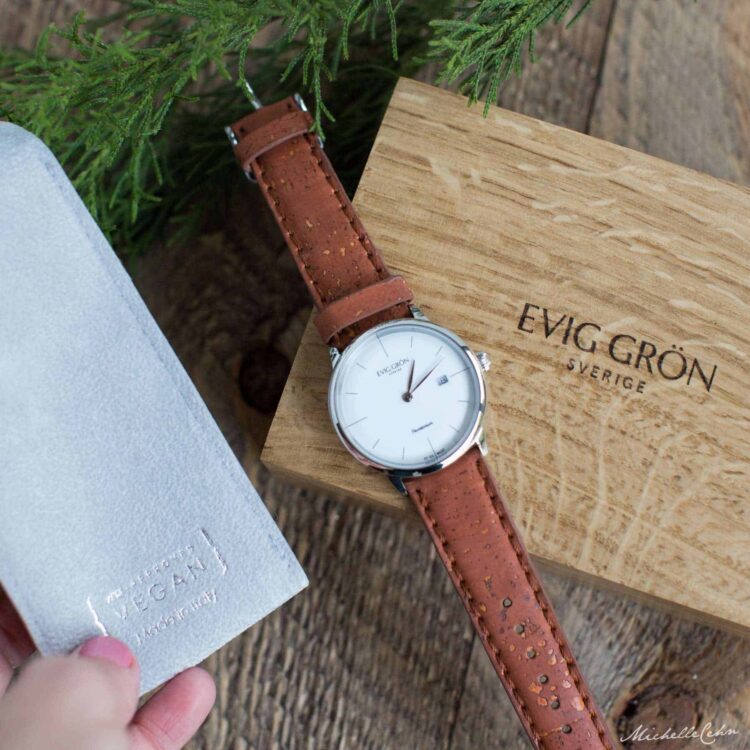
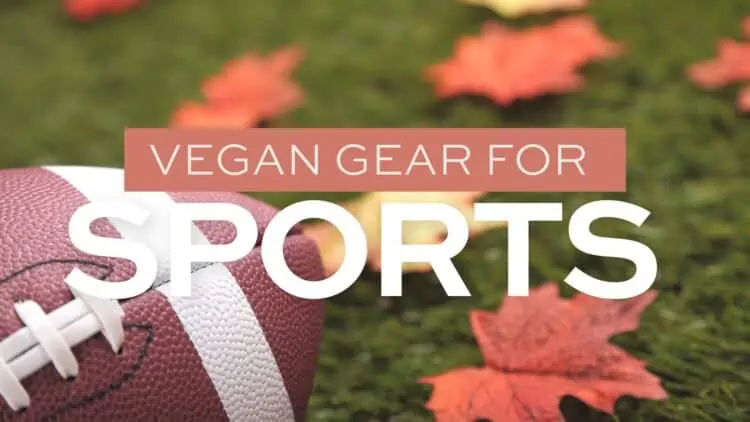
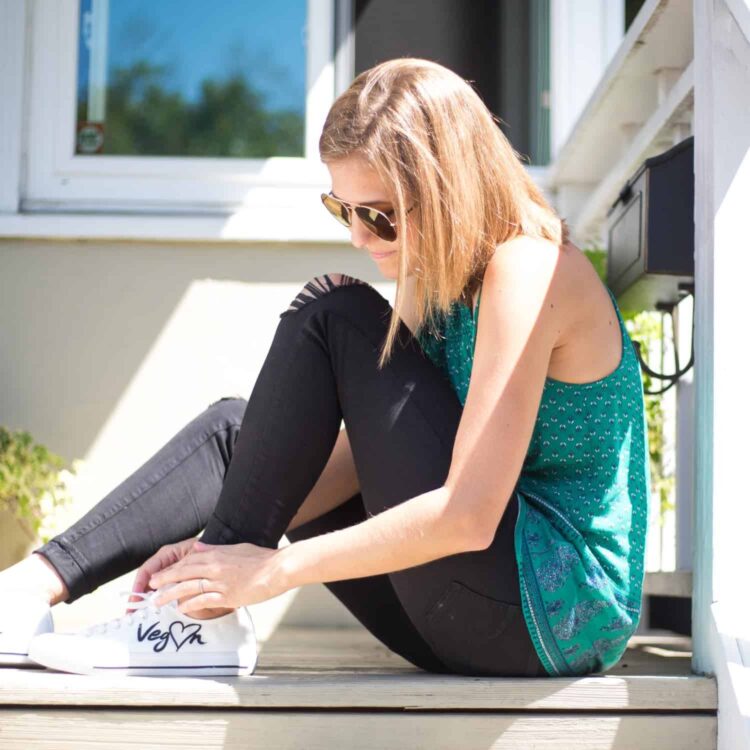

Leave a Comment
This is so informative and helpful
Ready for these vegan leather options to be the norm. Thanks for this detailed guide!
I am so excited by all of the new plant-based leather options out there! I’m very intrigued by the pineapple leather! Right now, I choose sustainable cork when I can. It’s amazing that there are many new choices and technologies on the horizon!
Can’t believe how far the vegan leather world has come! Exciting 🙂
This is great guide on vegan leather! I had no idea what that “hide” symbol meant. I always see it on shoes when I am shopping. You’ve saved me tons of googling while show shopping, thank you!
So cool what all they can make vegan leather from now!